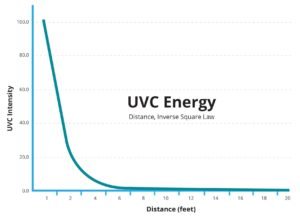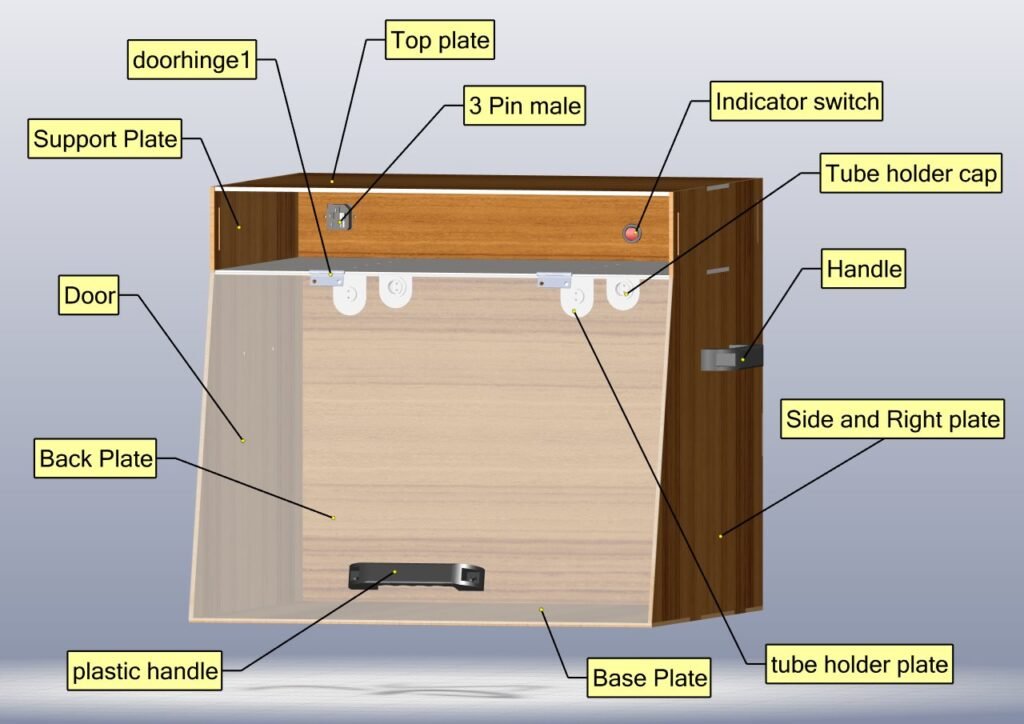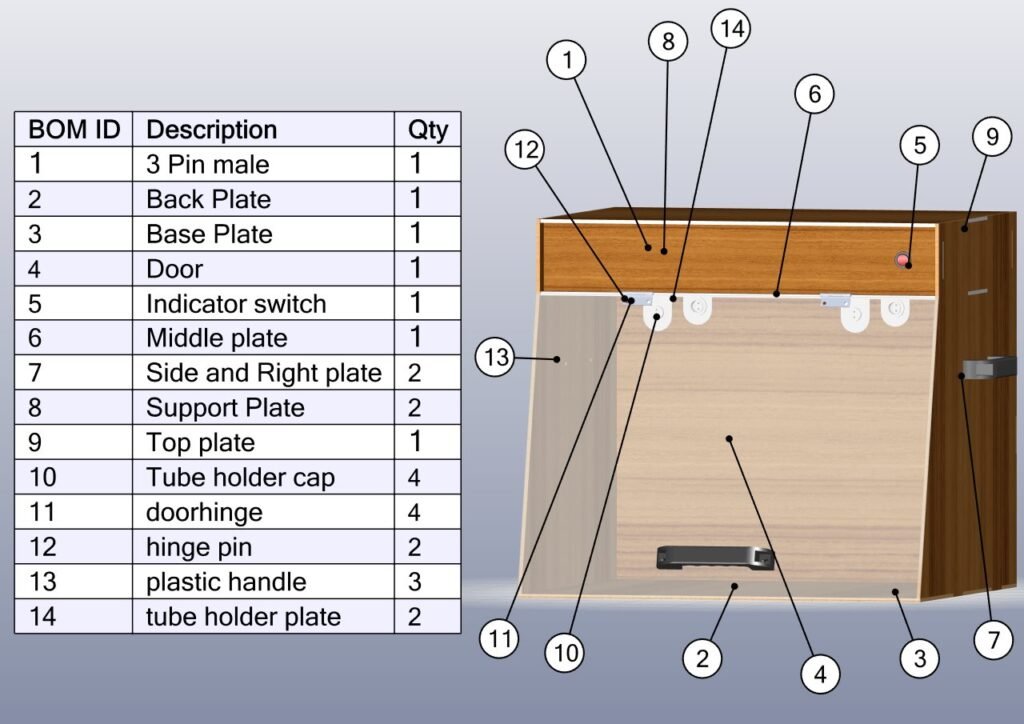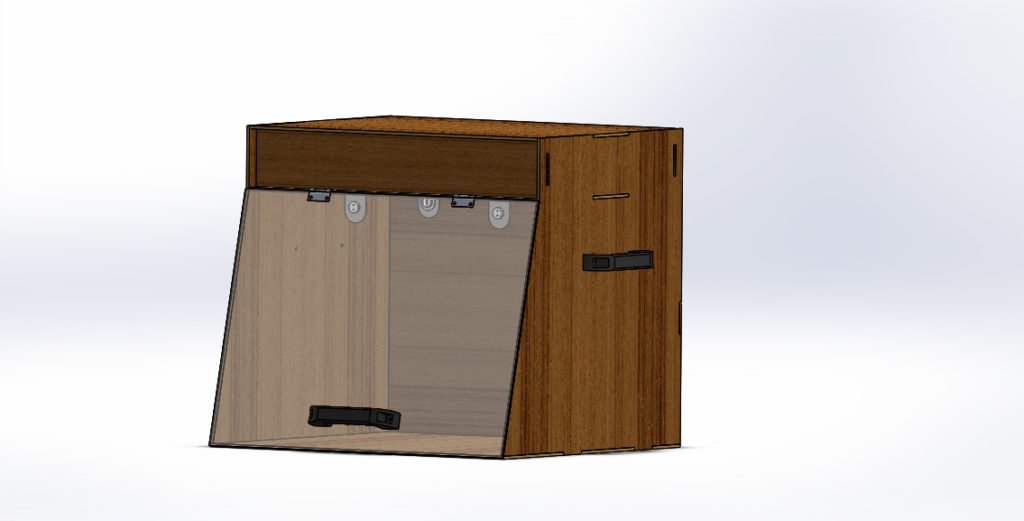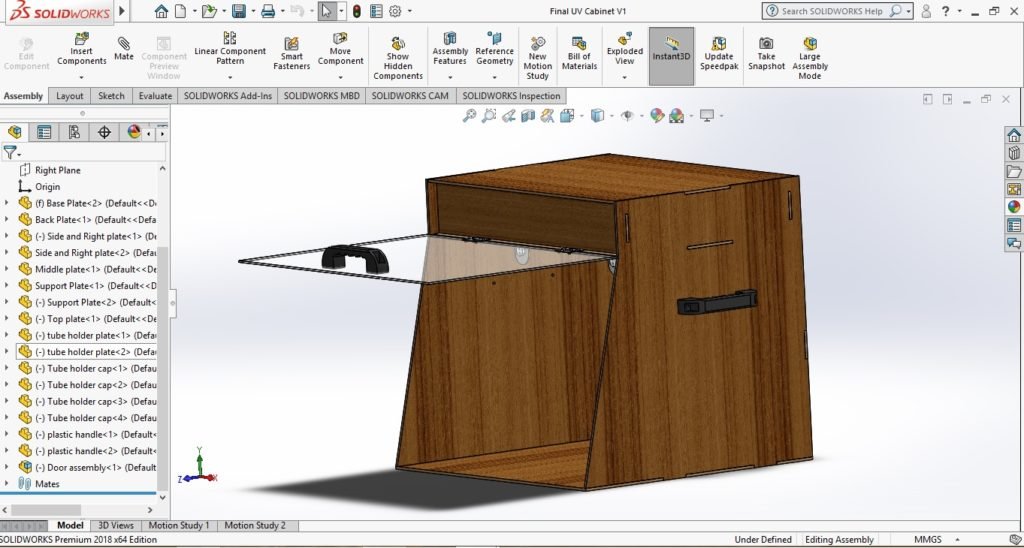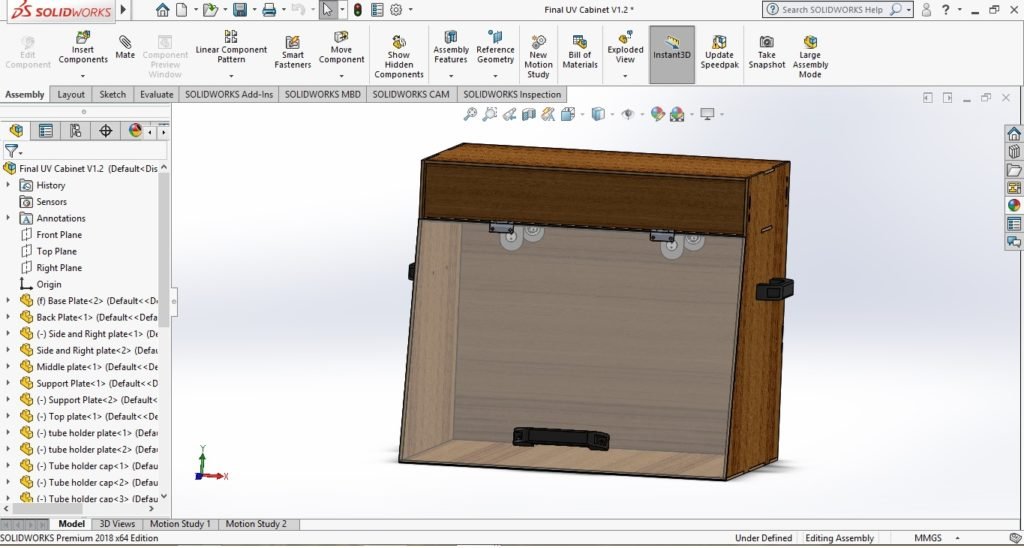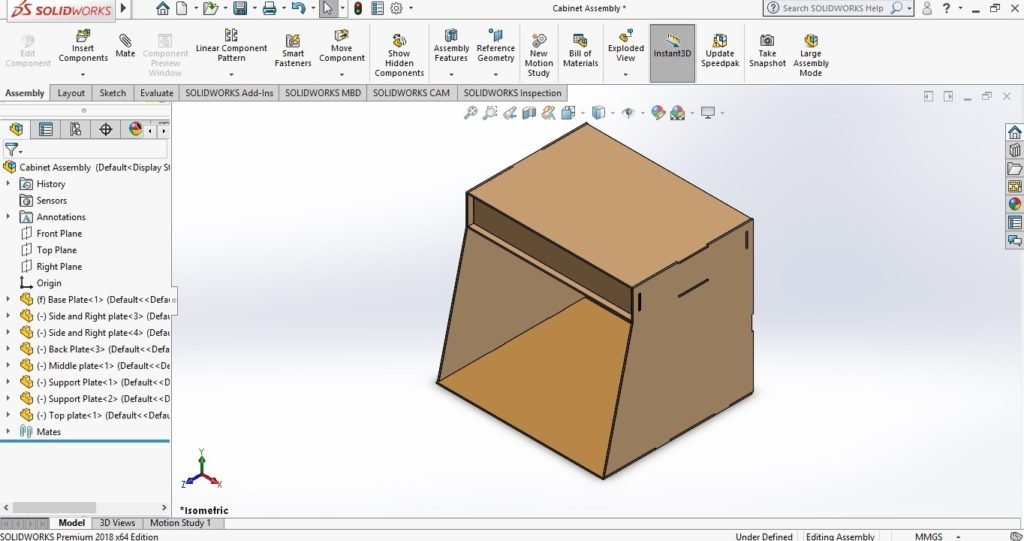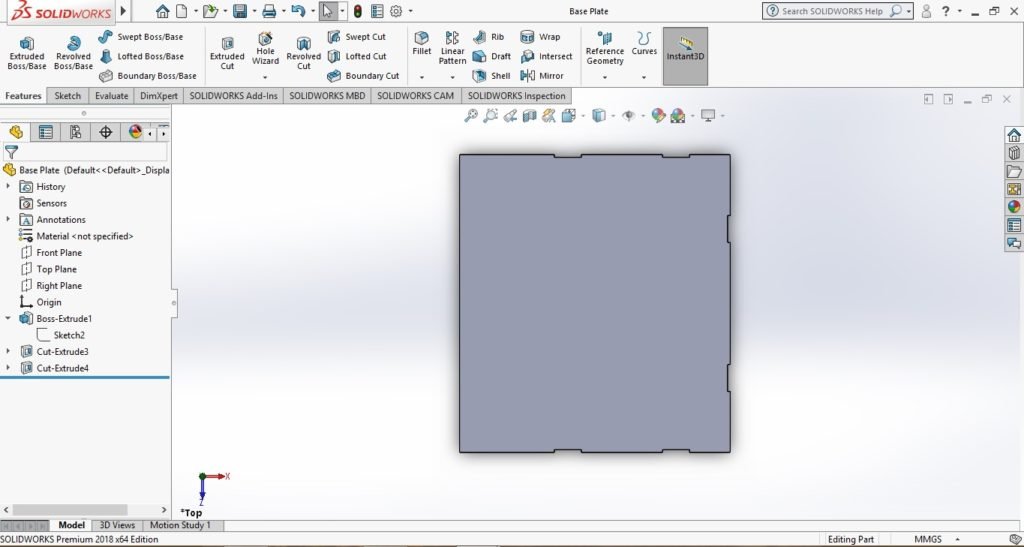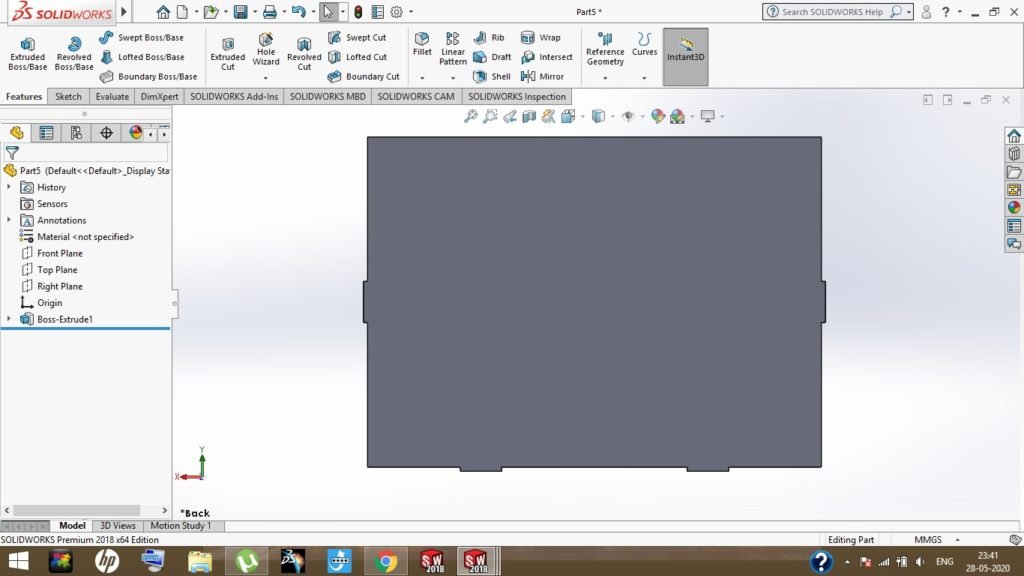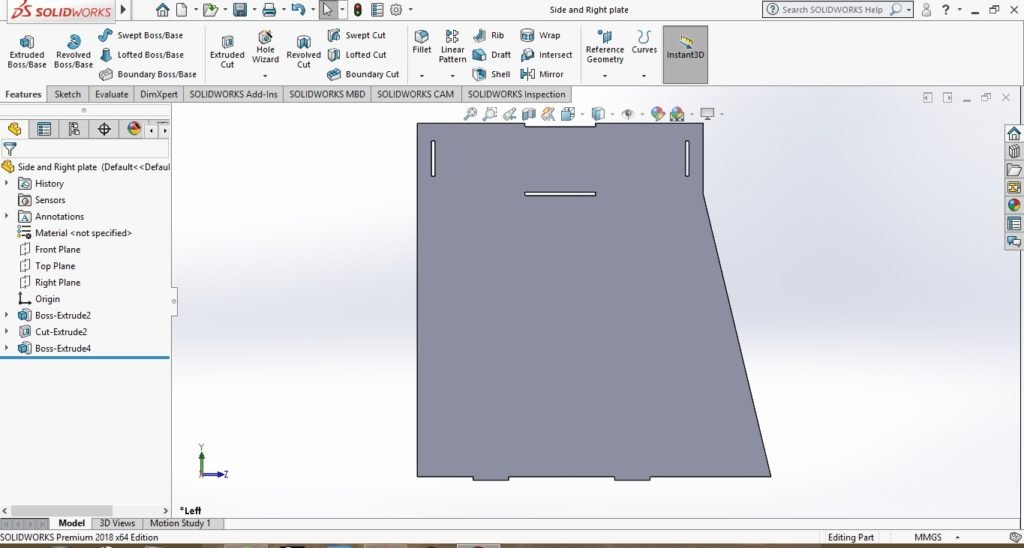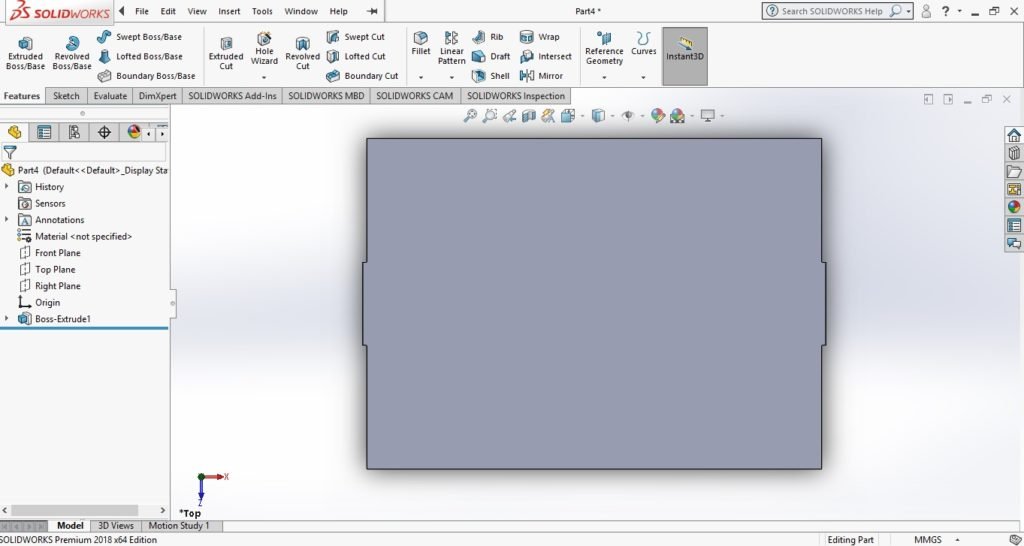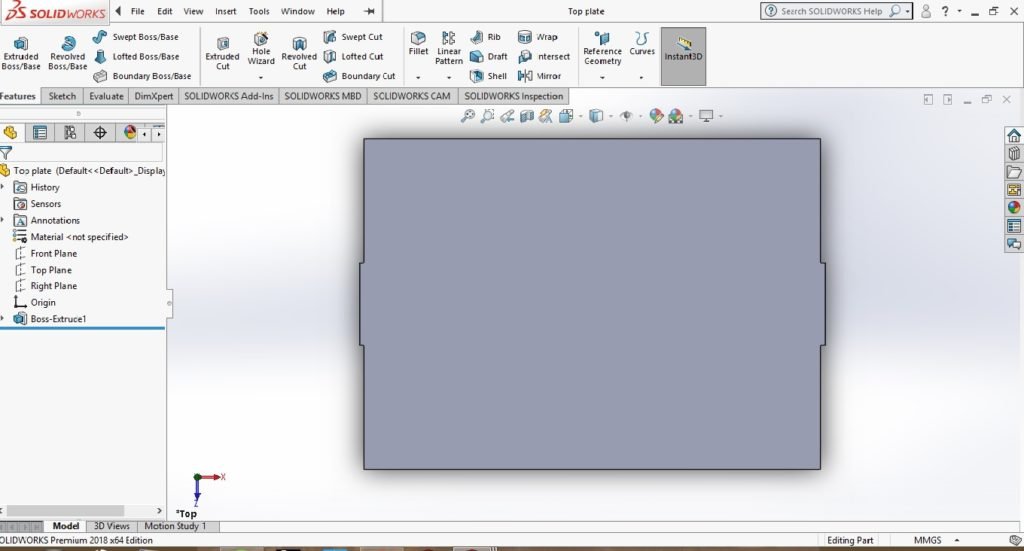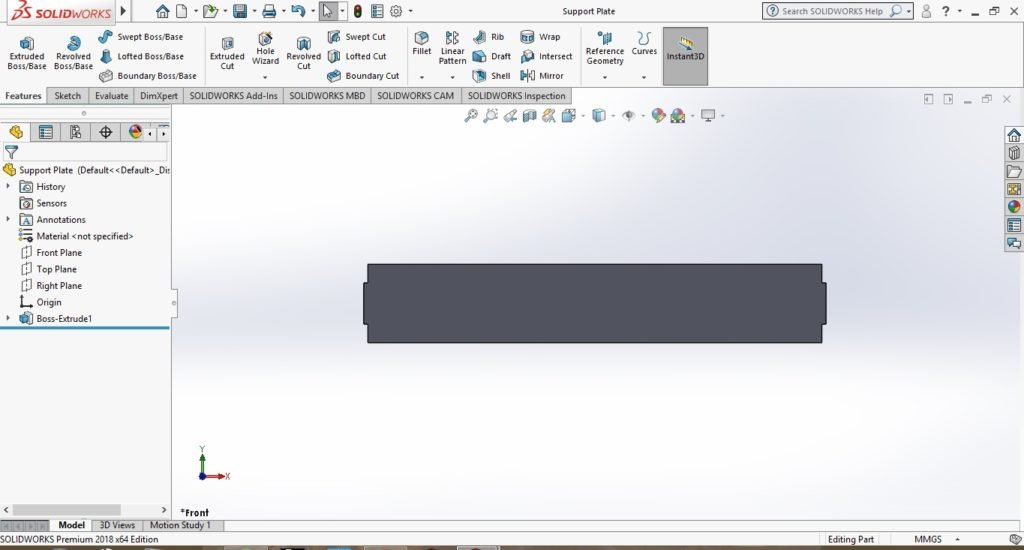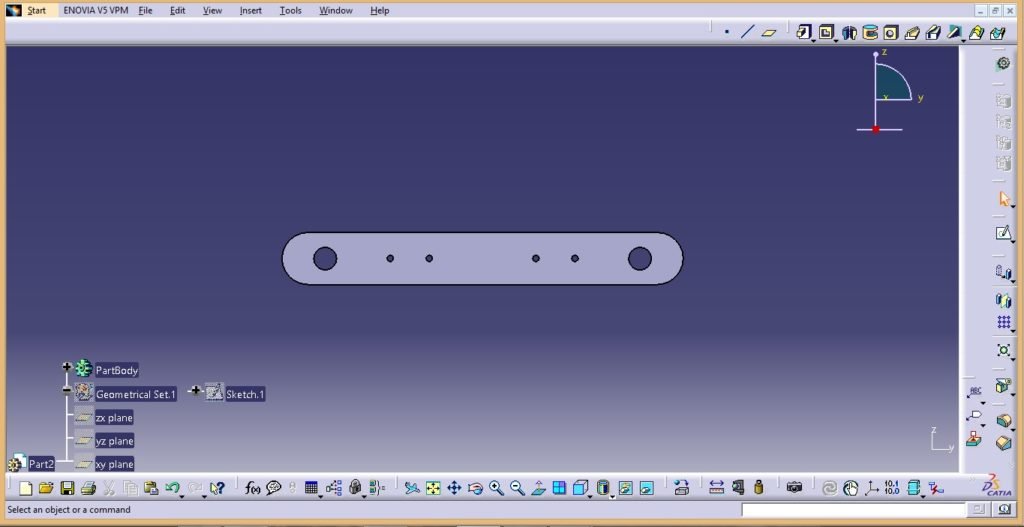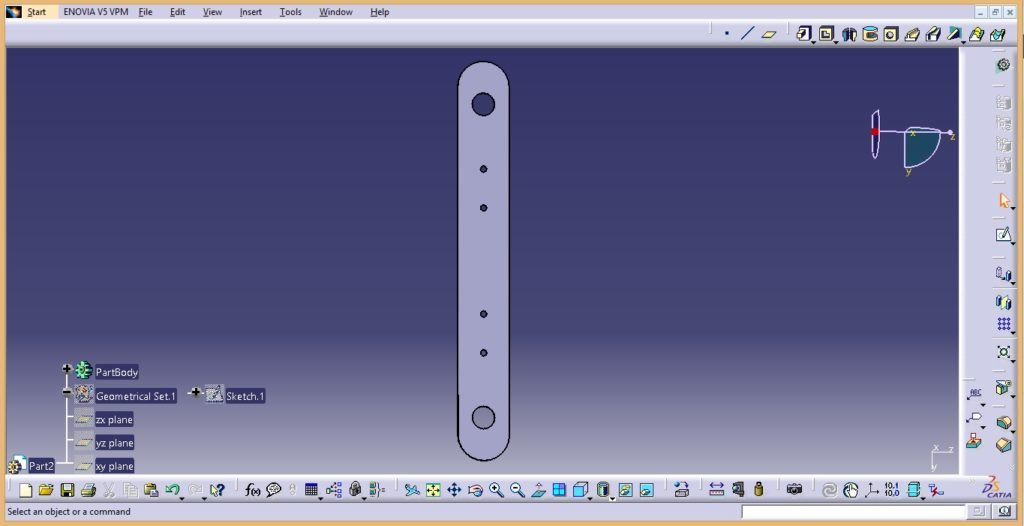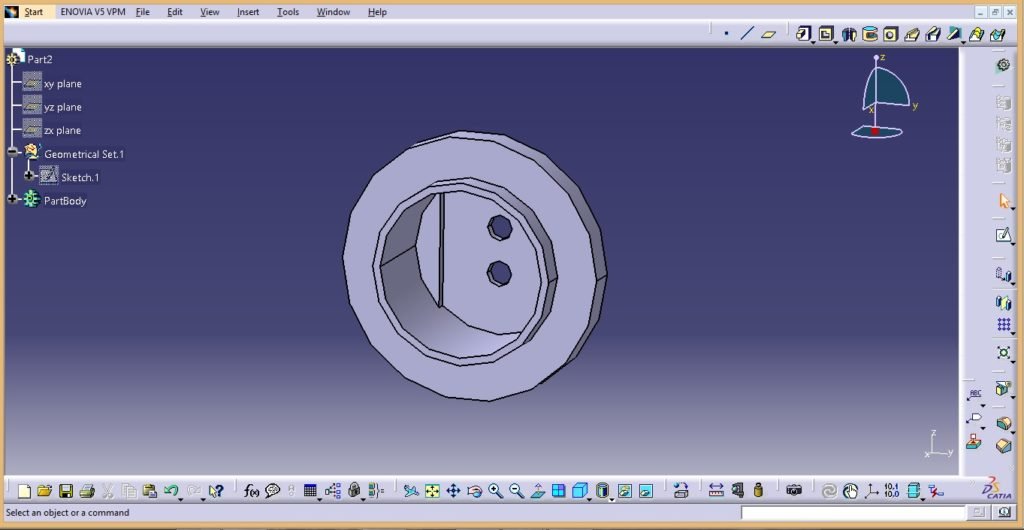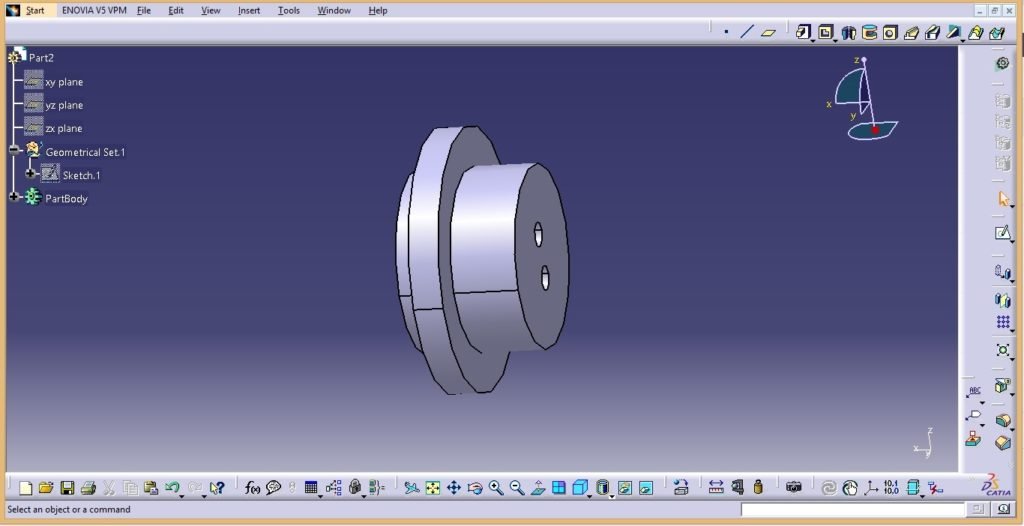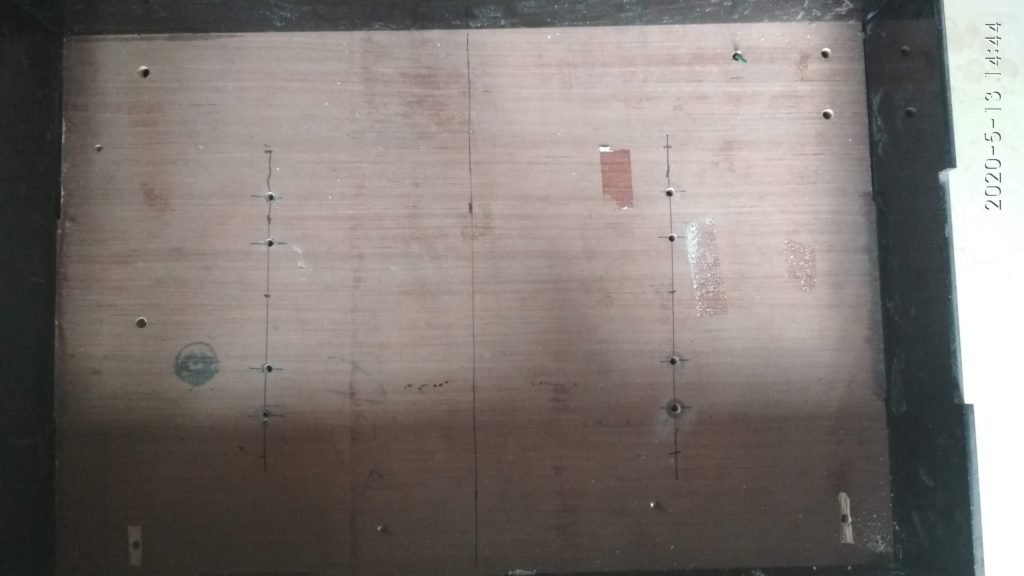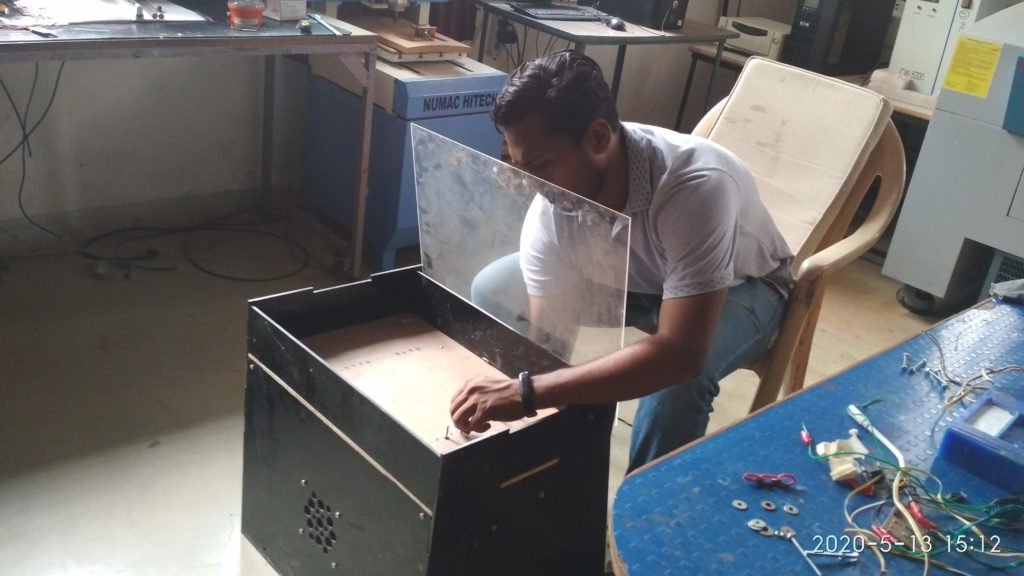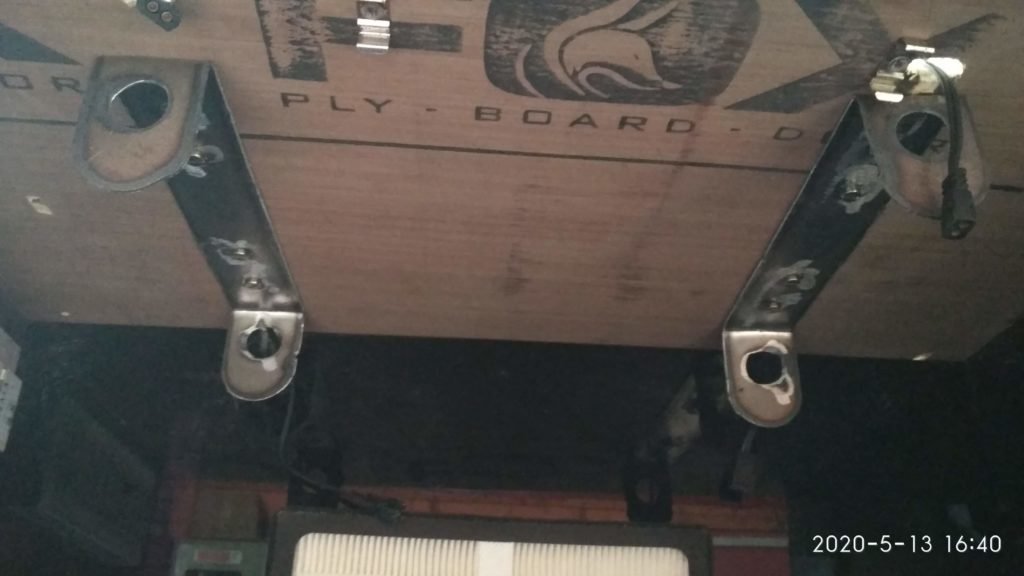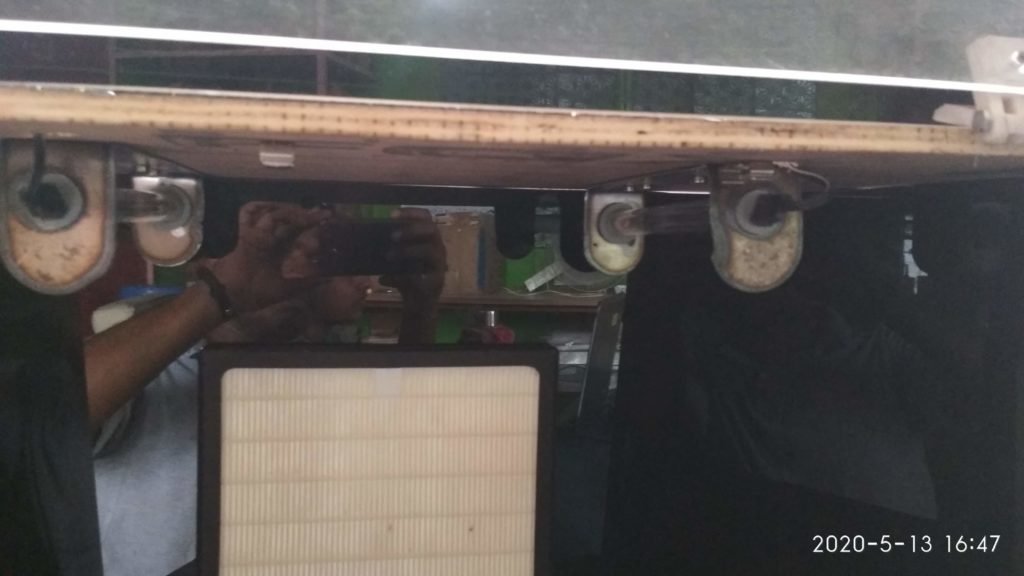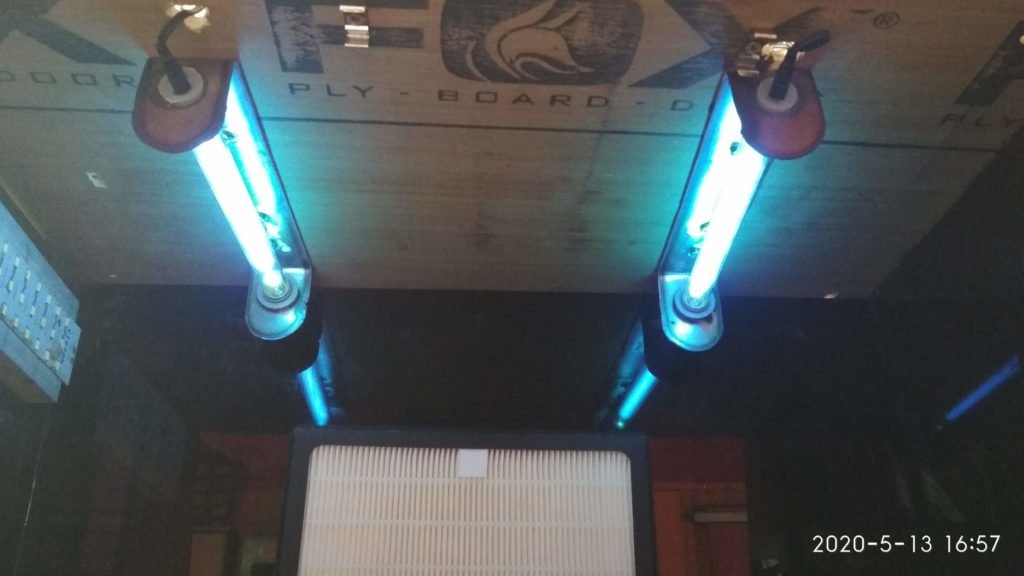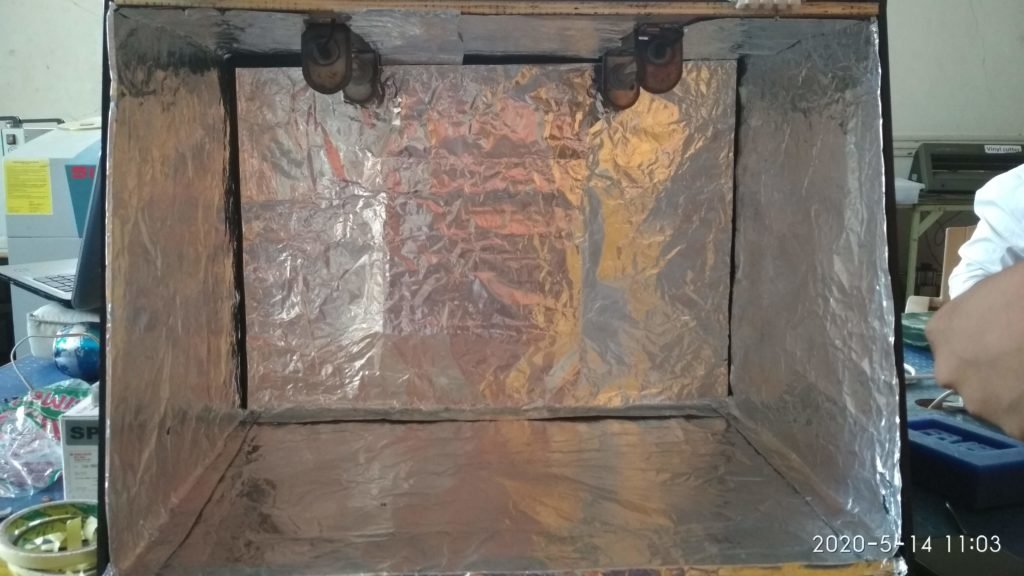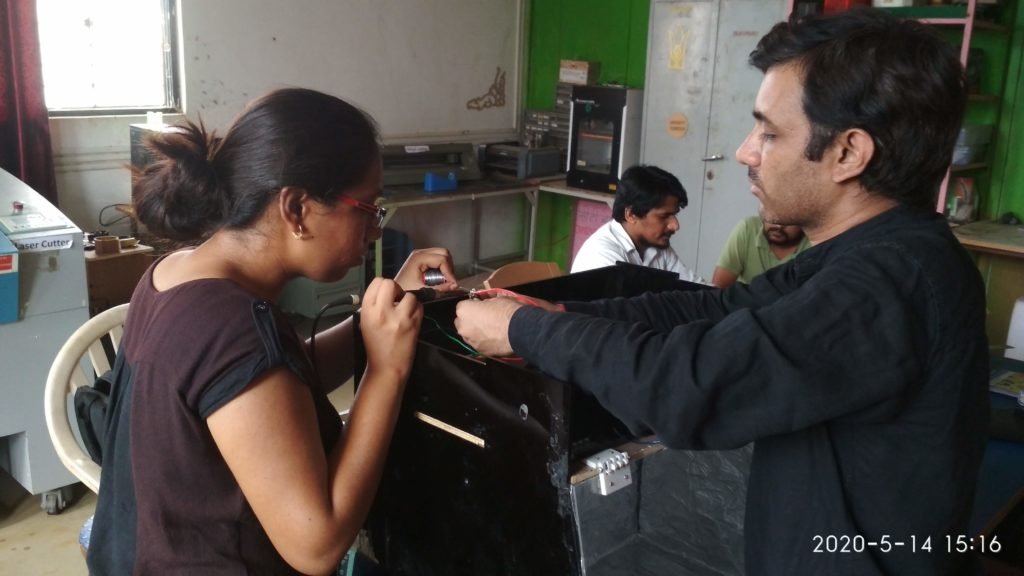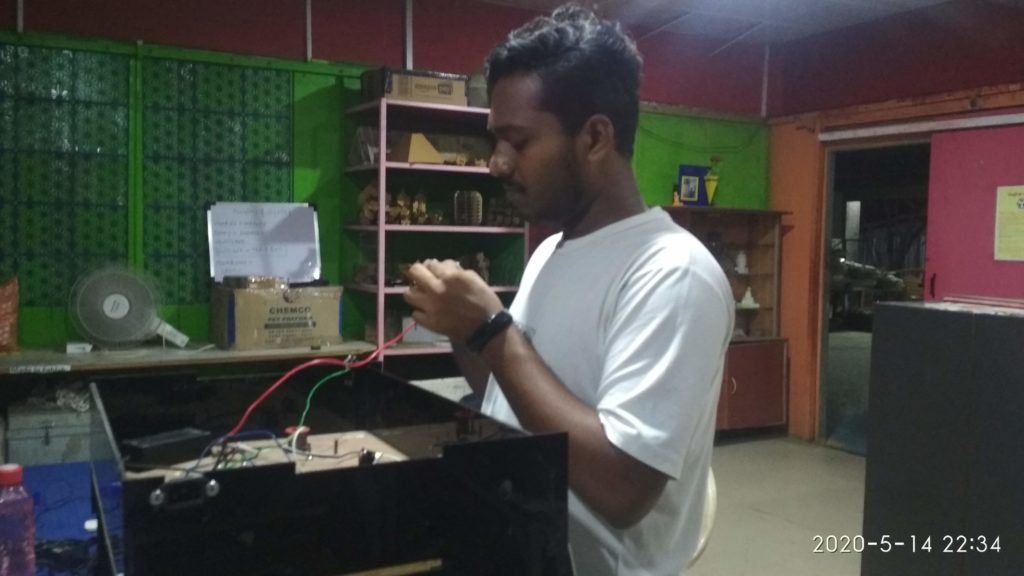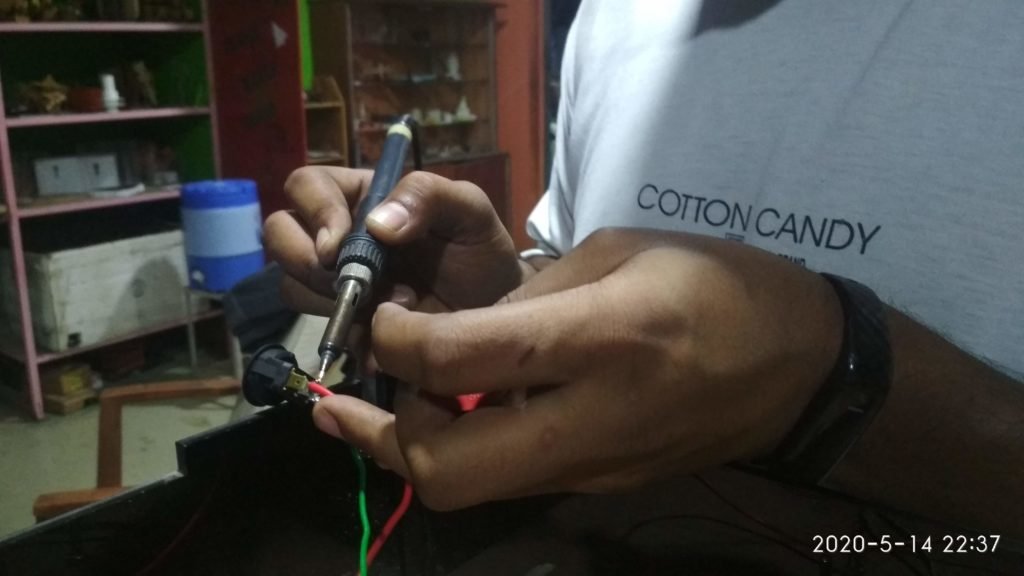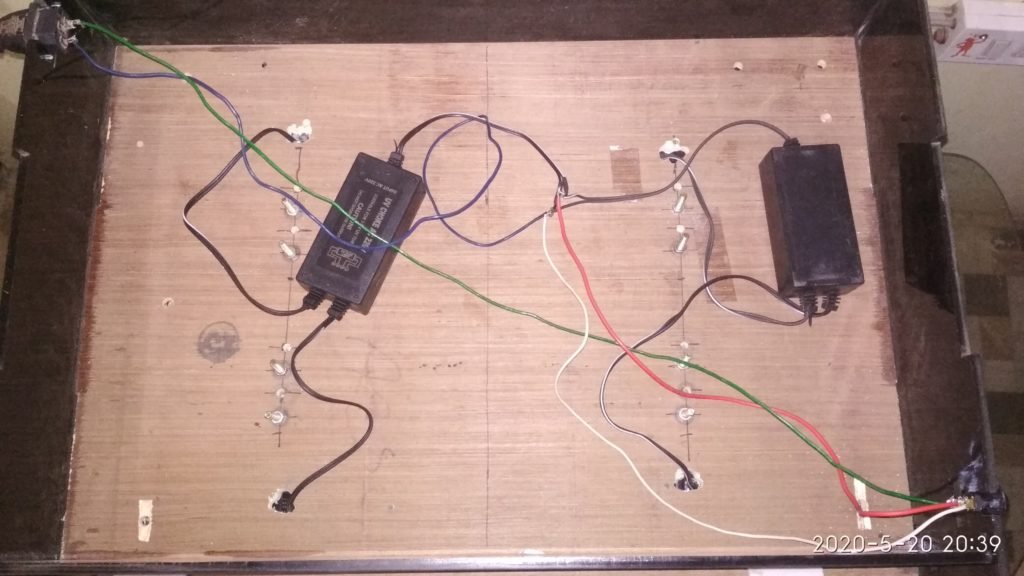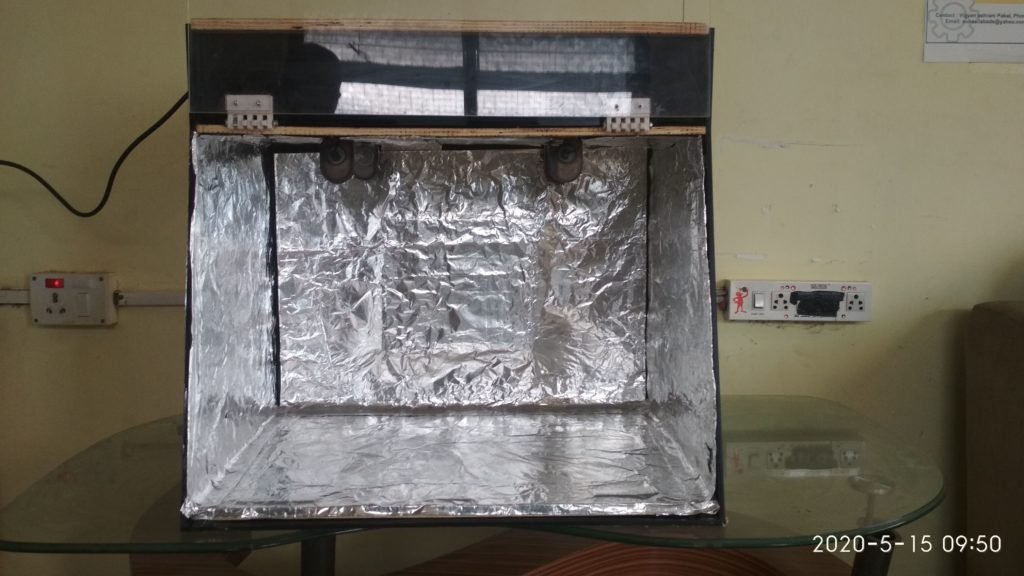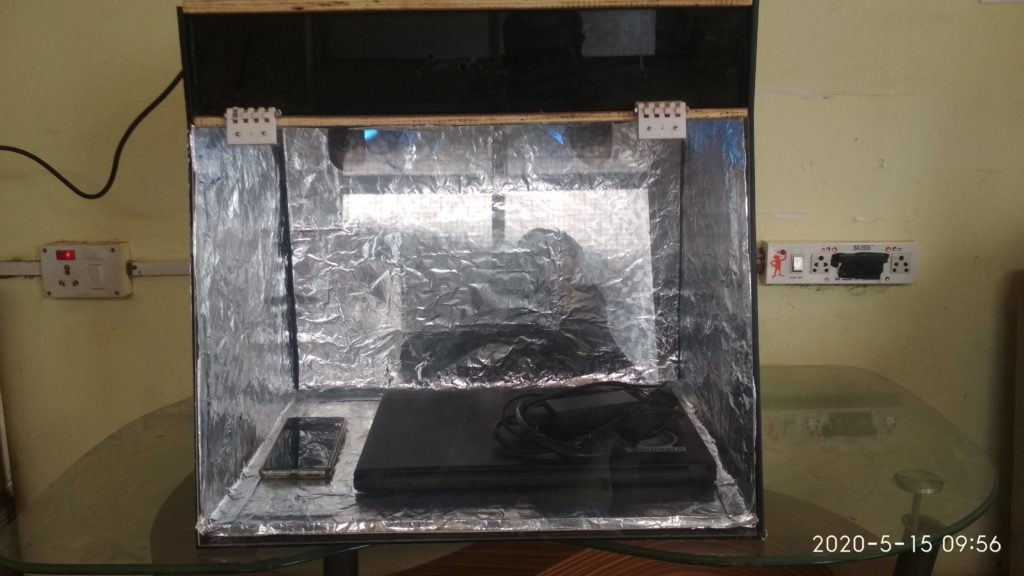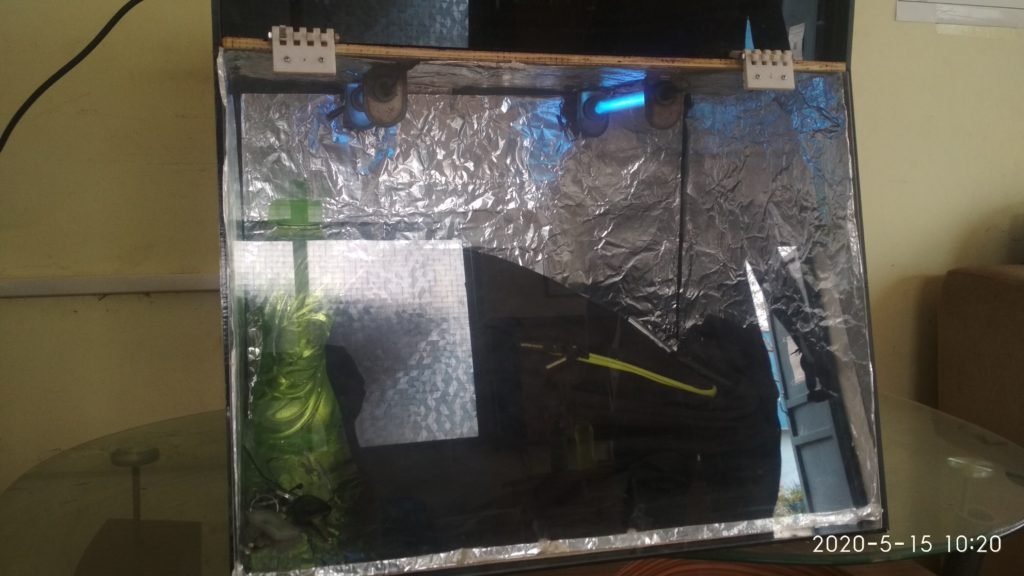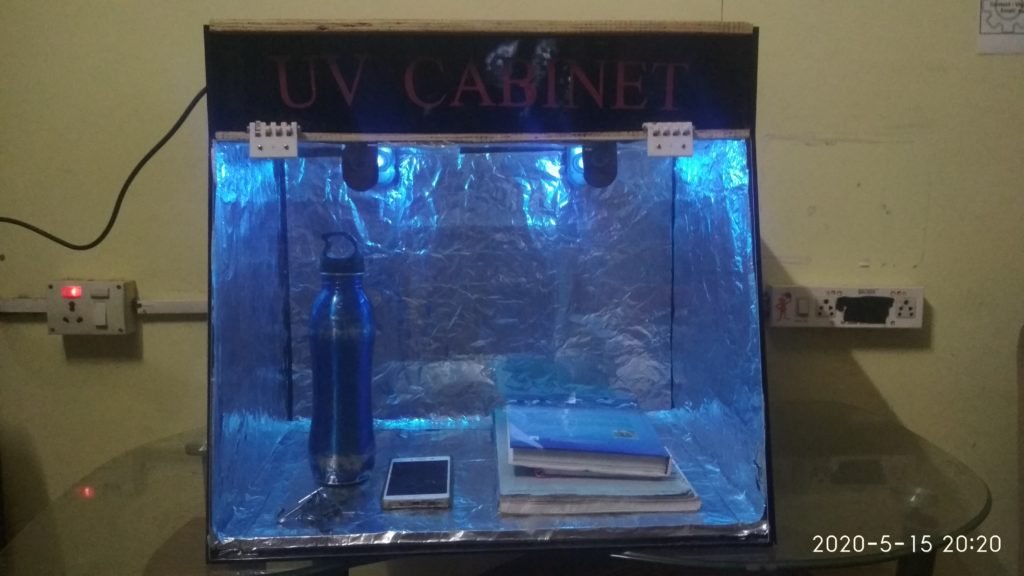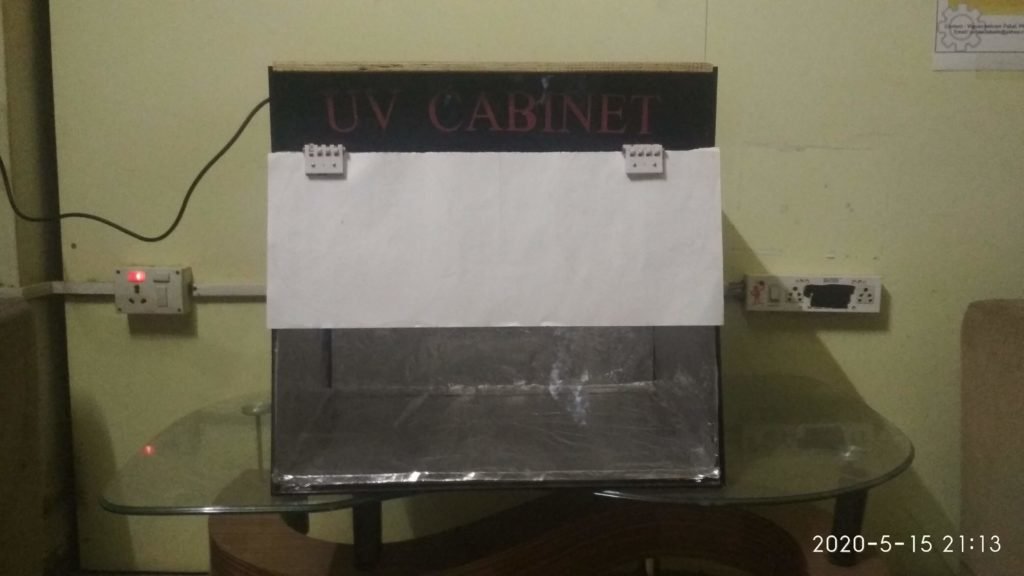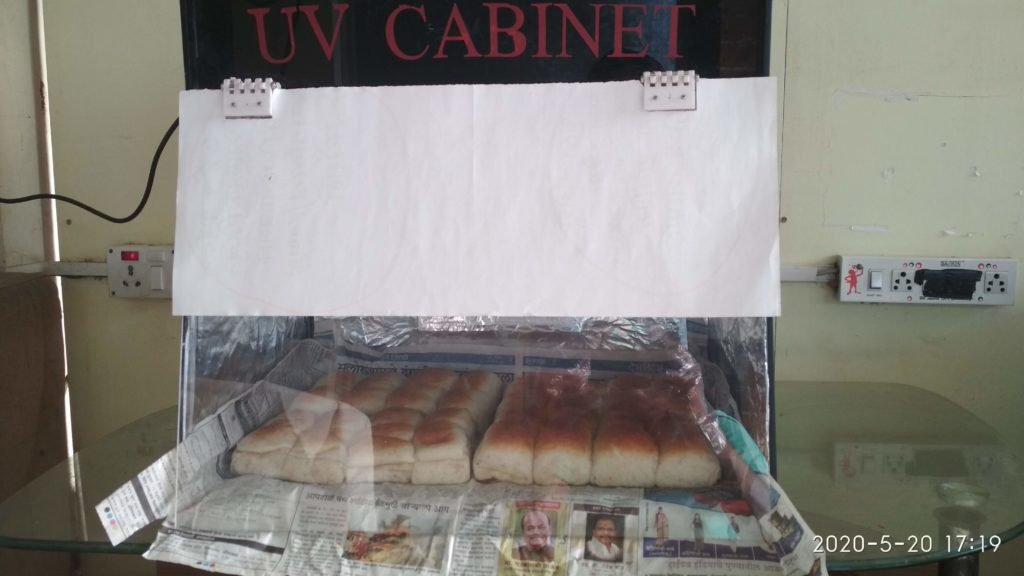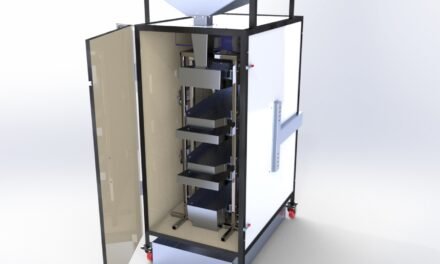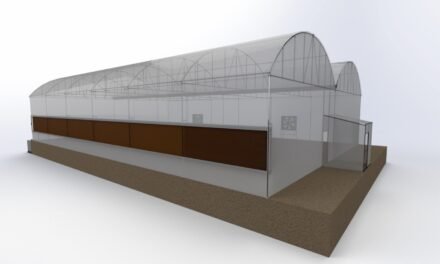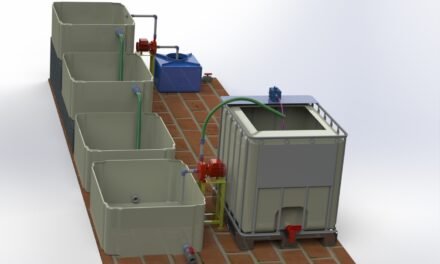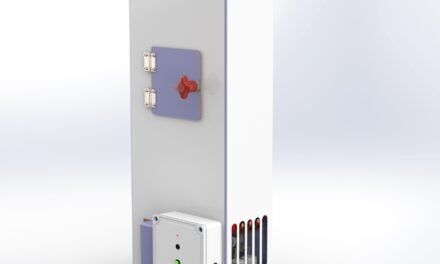1.Introduction:
Contaminated surfaces spread Human coronaviruses such as SARS-CoV, Middle East Respiratory Syndrome coronavirus (MERS-CoV), or endemic human coronaviruses (HCoV) can persist on surfaces like metal, glass, or plastic for up to a couple of days. Therefore, contaminated surfaces that are frequently contacted in day to day life are a potential source of coronavirus transmission.
1.1. How does UV-C destroy germs?
- The high energy from short wavelength UV-C light is absorbed in the cellular RNA and DNA, damaging nucleic acids and preventing microorganisms from infecting and reproducing.
- The amount of inactivation is directly proportional to the UVC dose, which is received, and this, in turn, is the result of its intensity and duration of exposure. The farther away you keep an object from the light source, the less UVC will reach the target, so only a quarter of the UVC remains when the distance doubles.
- The UV light emitted by a source is expressed in watts (W) and the irradiation density is expressed in watts per square meter (W/m2). For germicidal action dose is important. The dose is the irradiation density multiplied by the time (t) in seconds and expressed in joules per square meter (J/m2). (1 joule is 1W.second).
- The most efficient source for generating UV-C is the low-pressure mercury discharge lamp, where on average 35% of input watts is converted to UV-C watts. The radiation is generated almost exclusively at 254 nm viz. at 85% of the maximum germicidal effect and 80% on IES curve.
- Radiation wavelengths below 240 nm form ozone, O3 from oxygen in the air. Ozone is toxic and highly reactive; hence precautions have to be taken to avoid exposure to humans and certain materials.
- We used here Philips’ low-pressure tubular fluorescent ultraviolet (TUV) lamps have an envelope of special glass that filters out ozone-forming radiation. Hence, Ozone is almost not formed.
1.2. Why UV-C?
- Unlike other techniques, UV-C photolysis rarely produces potentially dangerous by-products. Air has a low absorption coefficient and hence allows UVC to attack micro-organisms present.
- UVC radiation has been found very effective on Coronavirus family. Of course, every method of sterilization has its pros and cons.
A few are listed in the table below:
| Pros for UV Sterilization | Cons for UV Sterilization |
| It is convenient to use and no chemicals are needed. Therefore, you won’t leave any chemical residue behind. | UV-C is dangerous to humans. Remember to avoid direct exposure to UV-C, especially skin and eyes. |
| It is able to kill all kinds of microorganisms, including drug-resistant bacteria, fungi, viruses, spores | It has a major limit! UV only works in its light path and can be blocked by objects. Make sure that the object you want to sterilize, is kept directly in line with the UV light. You can minimize this issue by using multiple UV bulbs to generate UV irradiation from different angles. |
1.3. How to avoid human irradiation from the UV-C?
- To avoid human irradiation with UVC, a delayed timer has been added. It can be set from 10 sec- 1min.
- We can preset timing of UV irradiation. While some of the bacteria, fungi may take several minutes to get inactivated, coronaviruses take about 2- 3 minutes.
1.4. Inverse Square law:
- Ultraviolet light is an electromagnetic wave. 254 nM wavelength light (253.7, more specifically) has inherent energy, which would have an impact on whatever it touches. Just like any other light, even UVC light gets dimmer and dimmer, the farther you move away from the source. The reduction in intensity or power-drop happens very quickly. The simple formula for how fast these energy drops are calculated by power divided by the resultant quantity of distance away from the source raised to the second power (Ed = P/(d^2). Take a look at the graph. Every UV-C system has to deal with this rule of physics.
- Starting with a “100%” energy value, the energy at four feet is, incredibly, reduced to “6.3%” of the original energy! At ten feet, the energy is only 1% of the initial energy. The key point is that distance matters. The best results of UV-C energy happen in fairly close proximity to the target object(s). So, key point one “Get the dose close.”
- Distance is an extremely important factor in the efficiency of UV sterilisation. As the distance doubles, radiation weakens to only 1/4th energy. The typical height of a room is 9-10 feet. So a UV-C tube source close to the roof will have to cover min. 9-16(diagonal to opposite floor corner of the room) feet of distance.
- Typical 40-watt UV-C tube source has sufficient radiation up to 6 feet to kill organisms.
- Other sources like 20-watt tube can irradiate only up to 2.5 feet and lesser power UV-C sources can be effective only for a few inches.
- UV light loses it’s energy drastically when it hits the wall or any surface and has poor reflection properties for most of the materials. (except aluminium, Chromium etc.)
1.5. What if I keep the weaker UV source for a longer period?
- Long hours exposure of mild UVC can reduce the life of plastics, mica and many other products. Dark coloured things may lose/fade their colour and whiter things get yellower.
1.6. How do you calculate irradiation time for SARS CoV-2?
- We do not know the exact irradiation time needed for SARS CoV-2. However, here is a table for other types of coronaviruses having the potential to infect humans
Table: Summary of UV light studies on Coronaviruses ( https://www.uv-light.co.uk/coronavirus/ )
| Microbe | D90 dose (exposure) required | Source |
| Coronavirus | 7 J/m2 | Walker 2007 |
| Berne virus (Coronaviridae) | 7 J/m2 | Weiss 1986 |
| Murine Coronavirus (MHV) | 15 J/m2 | Hirano 1978 |
| Canine Coronavirus (CCV) | 29 J/m2 | Saknimit 1988 |
| Murine Coronavirus (MHV) | 29 J/m2 | Saknimit 1988 |
| SARS Coronavirus CoV-P9 | 40 J/m2 | Duan 2003 |
| Murine Coronavirus (MHV) | 103 J/m2 | Liu 2003 |
| SARS Coronavirus (Hanoi) | 134 J/m2 | Kariwa 2004 |
| SARS Coronavirus (Urbani) | 241 J/m2 | Darnell 2004 |
| Average | 67 J/m2 |
- The table above summarises the results of studies that have been performed on Coronaviruses under ultraviolet light exposure, with the specific species indicated in each case. The D90 value indicates the ultraviolet dose for 90% inactivation.
- So even if we compare SARS CoV-2 to highest D90 dose of SARS coronavirus (Urbani), Desired direct exposure time in seconds is:
Exposure_time = Desired_UV_dose *4 * pi * (UV_bulb_distance)^2 )/ UV_bulb_power
Units
- Even if you consider air resistance, tube curvature energy loss, tube temperature and other factors are taken into consideration, it is wise to double irradiation time to 136 seconds i.e. close to 2.5 minutes should be good enough to eradicate most of SARS CoV-2. (Here we take only SARS CoV-2 here)
2. Specifications:
| UV Cabinet | |
| Dimensions | 550 mm * 400 mm * 400 mm (l*b*h) |
| Power Input | AC |
| Power Consumption | 22 W |
| Life | 9000 Hrs |
| Applications | Hospitals, Rooms, Public Places, Offices, Government offices, Shopes, Resturants, Hotels |
3. Material Specifications:
| Sr. No. | Material Description | Specifications | Quantity |
| 1. | UV- C type | 11 W | 2 |
| 2. | AC UV choke | Model :160 Input: 110-300 V AC 50/60 Hz | 2 |
| 3. | Indicator Switch | Input: 250 V , 6A | 1 |
| 4. | AC Female Connector | Input: 250 V , 10/16A | 1 |
| 5. | Tube holder flat plate (M.S.) | 309mm * 40mm* 1.5mm (l*b*t) | 2 |
| 6. | Tube holder cap(ABS) | 44.5 mm * 35mm (d*l) | 4 |
| 7. | Nut and bolts | M5 * 45mm | 8 |
| 8. | Aluminium Foil | 550 mm * 400 mm (l*h) | 1 |
| 9. | Aluminium Foil | 400 mm * 400 mm (l*h) | 4 |
4. Calculations:
System of UV cabinet at Vigyan Ashram,
- Cabinet volume= 88000 cm3
- Exposure time= 241 J/m2 (x) 4 (x) 3.14 (x) 1.8 /80 = 68 seconds.
- According to different wattage of UV-C tube, Sufficient Radiation Distance(Feet) are shown below,
| UV- C Tube Wattage (W) | Sufficient Radiation Distance(Feet) |
| 40 | 6 |
| 20 | 2.5 |
| 11 | 1.65 |
5. Design files:
Cabinet:
Torch holding plates :
UV Tube holders:
6. Fabrication:
UV Tube holders: Plasma cutter
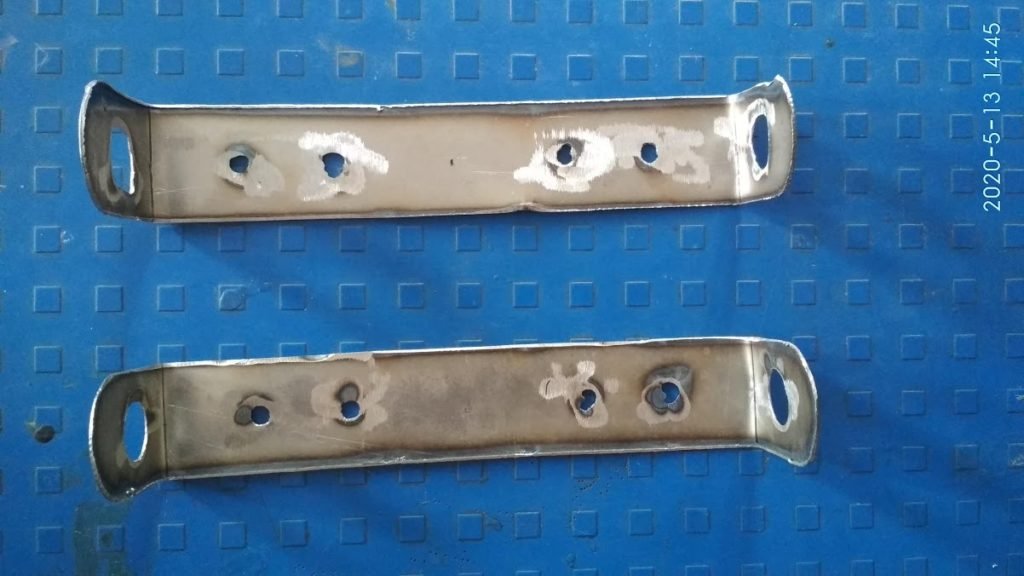
UV Tube holders: 3D printed
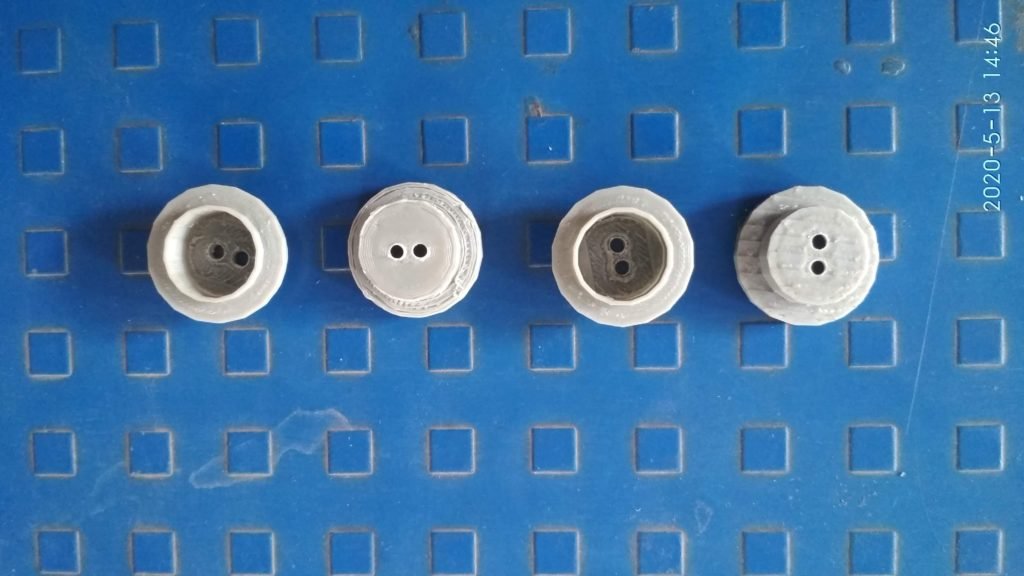
6. Assembly:
7. Electric connections:
8. Testing:
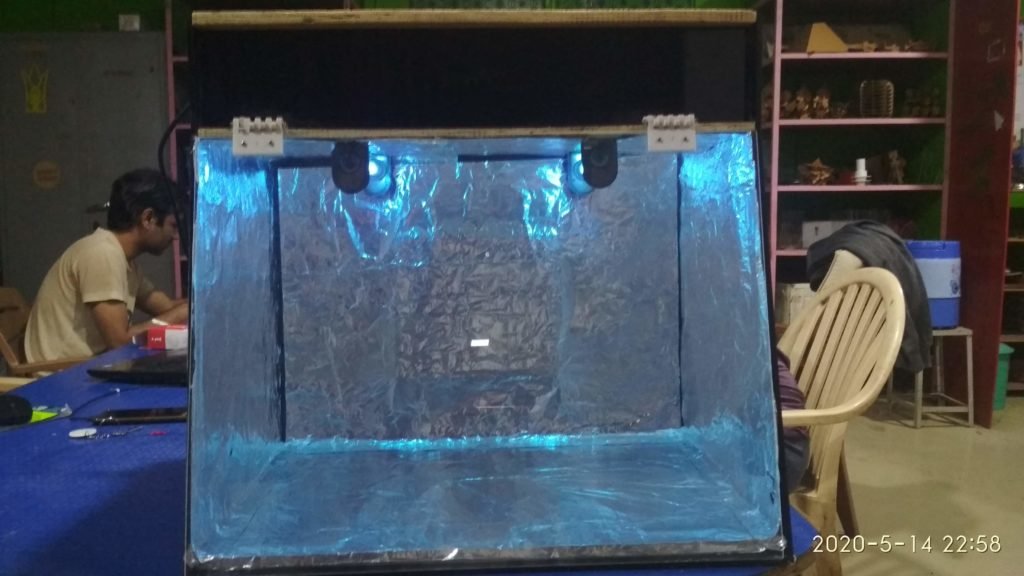
9. Application:
10. References:
- Xian Peng, Xin Xu, Yuqing Li, Lei Cheng, Xuedong Zhou and Biao Ren Transmission routes of 2019-nCoV and controls in dental practice Internal journal of Oral Science,2020 12:9
- To, K. K.-W. et al. Consistent detection of 2019 novel coronavirus in saliva., Clin. Infect. Diseases https://doi.org/10.1093/cid/ciaa149 (2020)
- https://www.ushio.com/files/specifications/germicidal-low-pressure-mercury-arc.pdf
- Derraik et al. – SARS-CoV-2 evidence & double-hit PPE reuse protocol
- Lindblad, M., Tano, E., Lindahl, C., & Huss, F. (2019). Ultraviolet-C decontamination of a hospital room: Amount of UV light needed. Burns.doi:10.1016/j.burns.2019.10.004
- M.M. Nerandzic, J.L. Cadnum, M.J. Pultz, C.J. DonskeyEvaluation of an automated ultraviolet radiation device for decontamination of Clostridium difficile and other healthcare-associated pathogens in hospital rooms
BMC Infect Dis, 10 (2010), p. 197 - W. KowalskiUVGI safety: Ultraviolet germicidal irradiation handbook, Springer, Berlin, Heidelberg (2009)
- M.M. Nerandzic, C.W. Fisher, C.J. DonskeySorting through the wealth of options: comparative evaluation of two ultraviolet disinfection systems. PLoS One, 9 (2014), Article e107444
- W.A. Rutala, M.F. Gergen, D.J. WeberRoom decontamination with UV radiation. Infect Control Hosp Epidemiol, 31 (2010), pp. 1025-1029
- Boyce, J. M., Farrel, P. A., Towle, D., Fekieta, R., & Aniskiewicz, M. (2016). Impact of Room Location on UV-C Irradiance and UV-C Dosage and Antimicrobial Effect Delivered by a Mobile UV-C Light Device. Infection Control & Hospital Epidemiology, 37(06), 667–67
- Li, Q. et al. Early transmission dynamics in Wuhan, China, of novel coronavirus–infected pneumonia. N.Engl.J.Med. https://doi.org/10.1056/NEJMoa2001316 (2020).
- Wu, F. et al. A new coronavirus associated with human respiratory disease in China. Nature https://doi.org/10.1038/s41586-020-2008-3 (2020).
- Zhou, P. et al. A pneumonia outbreak associated with a new coronavirus of probable bat origin. Nature https://doi.org/10.1038/s41586-020-2012-7 (2020).
- Ultraviolet purification application information Koninklijke Philips Electronics N.V. 3222 635 61801 11/06
- www.uv-light.co.uk/coronavirus
- https://in.dental-tribune.com/news/how-to-use-ultraviolet-light-uvc-to-fight-covid-19-effectively-in-dental-clinics-dr-ajay-bajaj/


